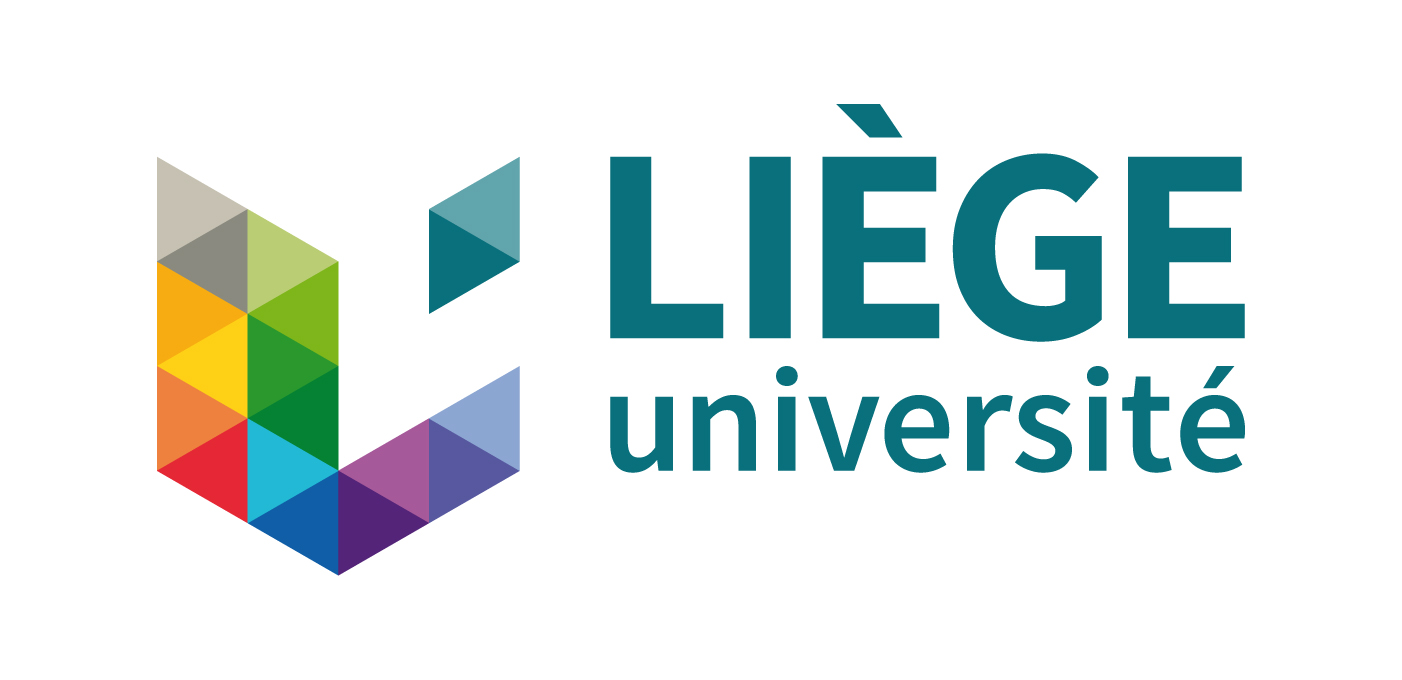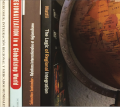- Accueil
- 6/2025 - Multilateral Challenges in an Era of Stra...
- The Contested World Economy. The Deep and Global Roots of International Political Economy, by Eric Helleiner, Cambridge, Cambridge University Press, 2023.
Visualisation(s): 172 (27 ULiège)
Téléchargement(s): 29 (5 ULiège)
The Contested World Economy. The Deep and Global Roots of International Political Economy, by Eric Helleiner, Cambridge, Cambridge University Press, 2023.

Document(s) associé(s)
Version PDF originale1International Political Economy (IPE) is often portrayed as a discipline that emerged in the early 1970s, in the context of major political and economic upheavals. However, many of the pioneers of IPE like Susan Strange have instead described it as a “renaissance”. In line with this view of the field, Professor Eric Helleiner explores in this volume the deep intellectual roots of IPE that predate 1945. The motivation for this work stems from the author's dual dissatisfaction with the way pre-1945 intellectual history is depicted in most IPE textbooks. First, the Western-centric perspective of most of these textbooks tends to focus exclusively on European and American thinkers, as those associated with the classical political economy perspectives of economic liberalism, neomercantilism, and Marxism, thus marginalizing intellectual contributions from other parts of the world. Second, IPE textbooks generally concentrate on these three "orthodoxies”, thereby obscuring both the internal divisions within each tradition and, more importantly, a wide range of other significant pre-1945 perspectives. These include autarkism, environmentalism, feminism, Pan-Africanism, Pan-Islamism, Pan-Asianism, and various forms of economic regionalism. Each part of the book seeks to address one of these shortcomings. To do so, the author imposes a temporal constraint on the analysis, beginning with the publication of The Wealth of Nations by Adam Smith in 1776 and concluding in 1944.
2The first part of the book explores the three orthodoxies of IPE: economic liberalism, neomercantilism, and Marxism. This section aims to highlight the internal divisions within each of these traditions by examining various authors who developed distinct interpretations regarding key issues such as economic prosperity, peace, and imperialism. Chapters 2, 4, and 6 respectively analyse well-known and lesser-known thinkers from Europe and the United States who engaged with the international dimensions of these political economy approaches. Although these three schools of thought are generally well known to students and scholars of IPE, the author’s approach provides a more nuanced picture of how different thinkers within the same tradition have conceptualized similar topics in divergent ways. A particularly illustrative example offered by the author concerns the liberal view linking free trade and free markets to international peace. Montesquieu’s doux commerce thesis posits that mutual economic interdependence, fostered through free trade, would inhibit war. In contrast, Adam Smith argued that the exchange of knowledge, technologies, and innovations made possible by free trade would enable each nation to achieve a comparable level of development and power, thereby leading to a balance of power, which he saw as the essential condition for peace.
3Chapters 3, 5, and 7 widen the geographical scope of these three perspectives. These chapters represent one of the book’s key contributions by moving beyond a narrow focus on Western thinkers and expanding our understanding of the intellectual geography of IPE thought. The author demonstrates not only how Western ideas in IPE circulated to other parts of the world, but also how intellectual developments in non-Western regions found an audience in the West. Special attention is given to how the three orthodoxies were innovatively adapted by non-Western thinkers to suit local contexts. These thinkers often pointed out the Eurocentric bias embedded in the orthodox frameworks and emphasized the importance of grounding theory in local realities. Finally, the author also highlights how certain thinkers independently developed ideas similar to the Western orthodoxies. One notable example is the Chinese thinker Chen Hongmou, who lived around the same time as Adam Smith and articulated ideas that bear some resemblance to aspects of European economic liberalism, despite being unaware of its existence.
4The second part of the book explores alternative perspectives in IPE that have been largely overlooked in most textbooks. Chapters 8 through 13 aim to demonstrate that an exclusive focus on the three orthodoxies is overly narrow by examining a diverse set of seldom-discussed approaches. These chapters delve into perspectives such as autarkism, environmentalism, feminism, Pan-Africanism, Pan-Islamism, and Pan-Asianism, as well as certain forms of economic regionalism that have received limited attention in accounts of pre-1945 IPE thought. This section constitutes the second major contribution of the volume, which can be broken down into several key aspects. First, in line with the previous chapters, the author is committed to adopting a genuinely global perspective by including thinkers from a broad array of world regions. Second, the author significantly broadens the scope of IPE by demonstrating that the intellectual landscape prior to 1945 was far more diverse than a debate confined merely to or within the three orthodox traditions. Of value is the attention given to perspectives that have been too often neglected, such as the three "Pan" movements and certain strands of economic regionalism, whose thinkers exhibited a keen interest in the international dimensions of political economy. Third, the author demonstrates that some perspectives often regarded as recent innovations in IPE, such as environmentalism and feminism, have much older intellectual foundations than is commonly assumed.
5The final part of the book concludes where many IPE courses typically begin: the 1944 Bretton Woods Conference. Chapter 14 examines the perspective of embedded liberalism, which was adopted by key Anglo-American policymakers, particularly John Maynard Keynes and Harry Dexter White, in designing the postwar global economic order. Although the concept is widely known among students and scholars of IPE, especially through the work of John Ruggie, the author provides a more in-depth analysis of how these thinkers reshaped classical economic liberalism. They proposed a new model of institutionalized multilateralism that would allow an open global economy to coexist with active state intervention at the national level, with the broader aim of fostering global prosperity, international peace, and individual freedom. The author also goes further by tracing some of the intellectual origins of this approach and by analysing the relative silence of the Bretton Woods architects concerning the alternative perspectives discussed in the second part of the book.
6In conclusion, although some may see the book's reliance on geographical grouping within chapters as a structural limitation that results in a somewhat fragmented, list-like presentation, it has already distinguished itself as an important and engaging contribution to the field. Recipient of the prestigious 2024 ISA IPE Best Book Award from the International Studies Association, it offers thought-provoking reading for both students and scholars of IPE. The book addresses a broad audience, offering valuable insights to readers from various backgrounds. As the author emphasizes, the contribution of this work goes beyond enhancing our historical understanding of IPE. It contributes to ongoing efforts to build more globally inclusive conversations within the field and to foster greater mutual understanding among scholars. Moreover, it sheds light on contemporary political discourses that draw on historical thinkers who remain poorly known in mainstream IPE, and it supports the continued expansion of IPE to include issues such as gender, the environment, colonialism, race, and Eurocentrism.






